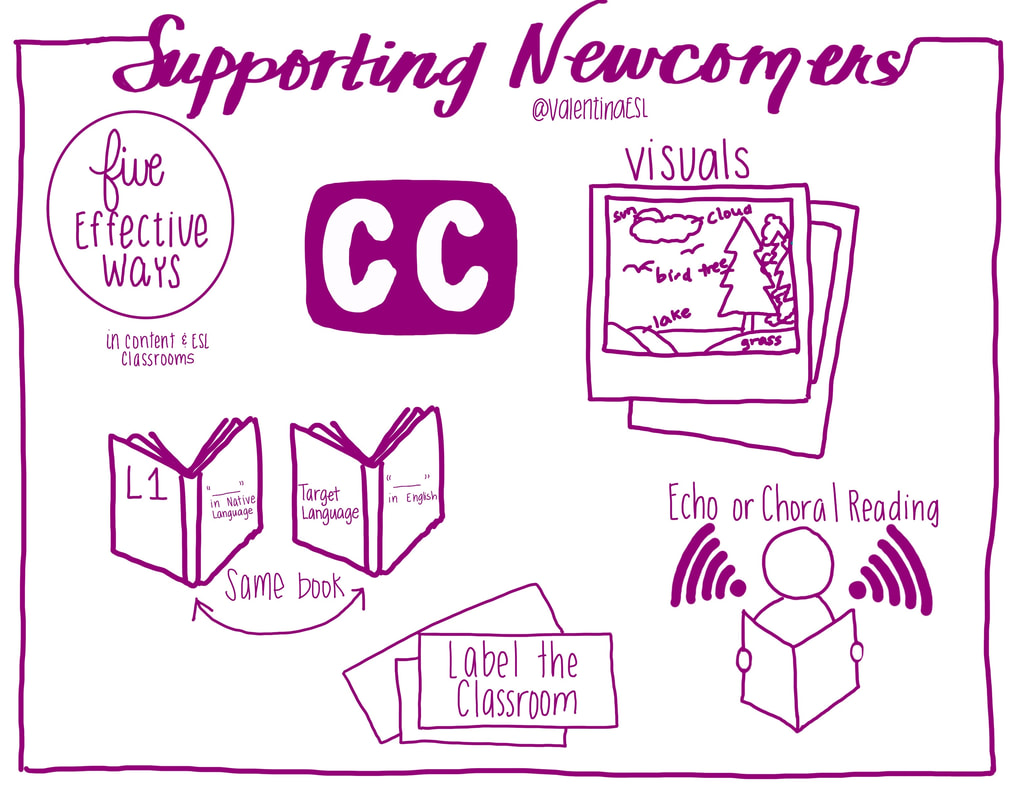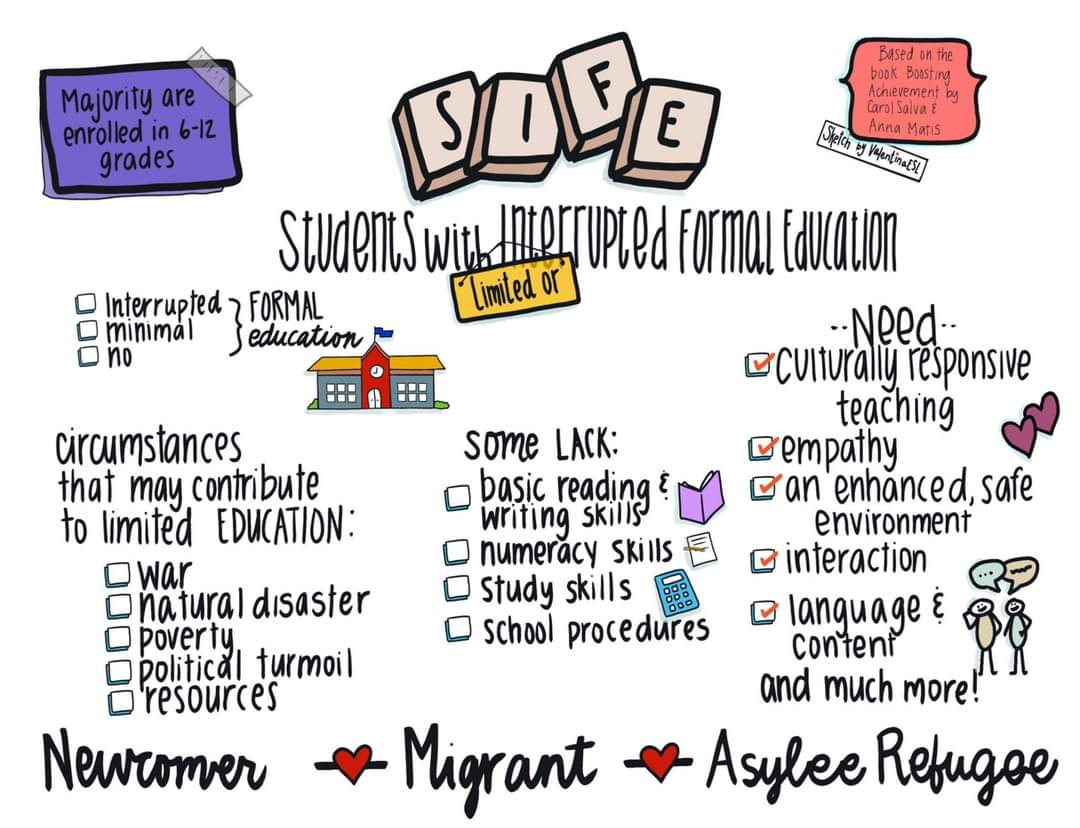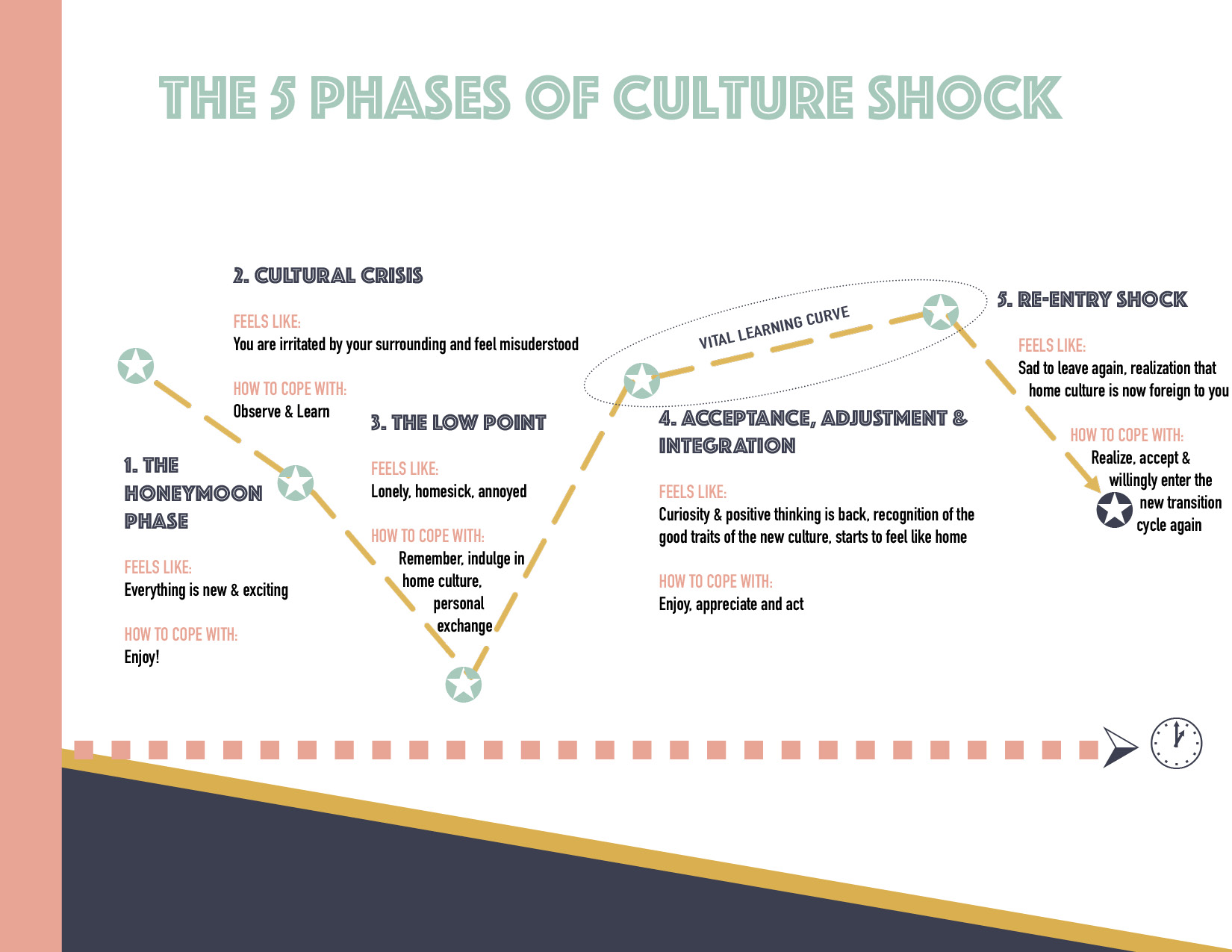Who are Newcomer ELs?
The U.S. Department of Education defines newcomers as any foreign-born students and their families who have recently arrived in the U.S. Newcomers have typically attended US Schools for two years or less and are still building basic English vocabulary.
Newcomers are a diverse group, and strategies to help them learn the content you teach will vary depending on their native language literacy, the similarity of their language to English, the circumstances around their arrival to the US, and their prior schooling.
Newcomers bring a variety of assets and life experiences to the classroom. When students new to US schools arrive in your classroom, it is important to create a welcoming environment. Connecting them with a sympathetic peer who speaks their native language if possible can help them learn about the school culture. As a teacher, during a newcomer's first week don't be afraid to communicate in creative ways. Use Google Translate, pictures, and gestures to learn more about your new student. Also give your students screeners that tell you more about their content abilities in their native language by finding tasks that do not require a lot of English. See the screeners under Documents below for examples.
Keep in mind that students may experience a "Silent Period" as part of their arrival to a new country. Continue to give opportunities to engage with others in the classroom and demonstrate understanding through visuals, and you will be talking together before you know it!
Best Practices for Newcomers
- Have an assets-based perspective. Newcomers come with varied experiences and content knowledge from prior schooling and can do and learn a lot when given opportunities
- Support second language acquisition by providing scaffolded opportunities to try new words and language structures in discussion with classmates.
- Add visuals to your instructional materials and assessments. To see how powerful visuals can be, check out 13:30-26:30 of this video from MDE about Word Walls for English Learners
- Provide alternate assessments that let newcomers show what they know. For example, pointing to parts of a diagram,
- Build on native language literacy
- Check out our Translation Resources page, but be selective about what you translate vs. what you provide scaffolds for students to engage with in English.
- Use sentence frames to begin speaking and writing about content.
- Model skills that newcomers need and provide labeled notes or videos to refer back to.
- Engage newcomers' families in their language progress and encourage them to continue developing native language literacy and oral language.
- Students can use the following sites for learning English as alternate assignments or bellwork when necessary: English Central, USA Learns, LingoHut, Duolingo

Who are SIFE students?
SIFE (Students with Interrupted Formal Education) is a subgroup of newcomers who have missed two or more years of formal schooling in their native country. As a result, they need additional supports to "catch up" to the content knowledge of their peers. Some SIFE students may not have learned to read in their native language, or may have a native language without a writing system, so they will need beginning literacy support.
Circumstances among SIFE students are varied. Some SIFE students may be refugees, while others may have lived in rural areas where school was not offered after a certain age. With support from the entire school, these students can excel. Along with their circumstances, SIFE students bring a wide array of assets to our schools. A welcoming environment with a wide array of opportunities to communicate with their teachers is needed to find their funds of knowledge and build upon them to ensure success.
Best Practices for SIFE Students
- Tap into SIFE students' funds of knowledge
- Repeated reading of co-constructed texts
- Paired audio and written communication
- Visuals, sentence frames, and modeling
- The Picture Word Inductive Model is a low-prep strategy to build content vocabulary at the word and sentence level.





